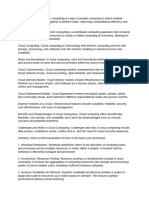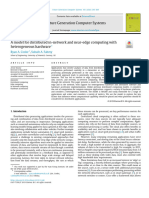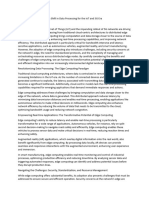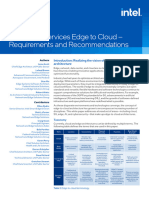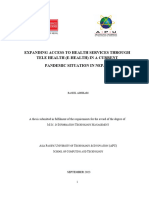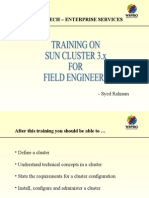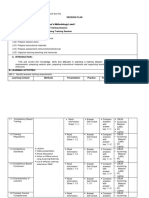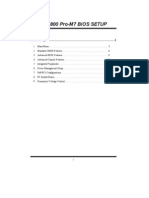0% found this document useful (0 votes)
28 views12 pagesNotes
The document discusses edge computing, focusing on the roles of edge devices, gateways, and servers, as well as the challenges of adaptive orchestration, security vulnerabilities, and interoperability in heterogeneous environments. It proposes solutions like decentralized ML-driven orchestration frameworks and federated security architectures to enhance real-time decision-making and collaborative security among edge devices. Additionally, it emphasizes the need for modular interoperability middleware to address communication issues between diverse devices and systems.
Uploaded by
vinoth kumarCopyright
© © All Rights Reserved
We take content rights seriously. If you suspect this is your content, claim it here.
Available Formats
Download as DOCX, PDF, TXT or read online on Scribd
0% found this document useful (0 votes)
28 views12 pagesNotes
The document discusses edge computing, focusing on the roles of edge devices, gateways, and servers, as well as the challenges of adaptive orchestration, security vulnerabilities, and interoperability in heterogeneous environments. It proposes solutions like decentralized ML-driven orchestration frameworks and federated security architectures to enhance real-time decision-making and collaborative security among edge devices. Additionally, it emphasizes the need for modular interoperability middleware to address communication issues between diverse devices and systems.
Uploaded by
vinoth kumarCopyright
© © All Rights Reserved
We take content rights seriously. If you suspect this is your content, claim it here.
Available Formats
Download as DOCX, PDF, TXT or read online on Scribd
/ 12










